Table of Contents
- Understanding the Gaia Hypothesis and Its Relevance in Current Environmental Science
- Exploring the Interconnectedness of Earths Systems Through the Gaia Hypothesis
- Applications of the Gaia Hypothesis in Sustainable Practices and Research
- Critiques and Limitations of the Gaia Hypothesis in Modern Discourse
- Strategies for Incorporating the Gaia Hypothesis into Environmental Education and Policy
- Q&A
- Wrapping Up
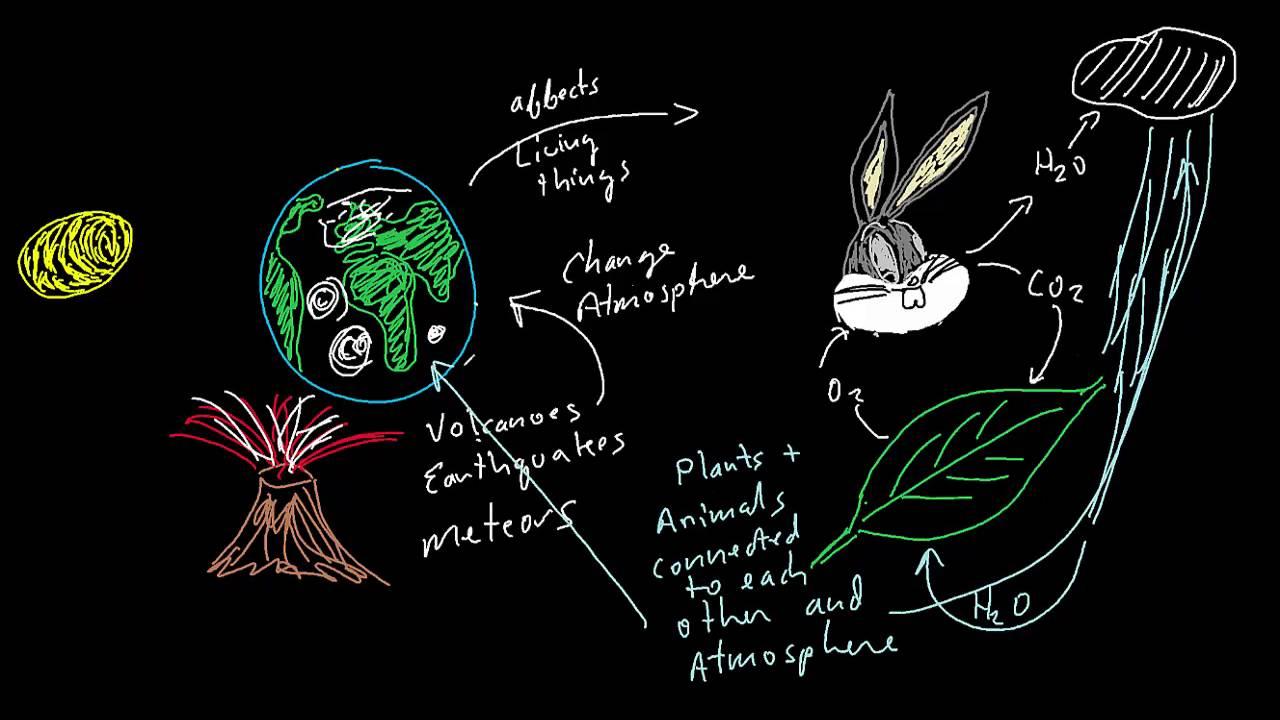
Understanding the Gaia Hypothesis and Its Relevance in Current Environmental Science
The Gaia Hypothesis proposes that the Earth functions as a self-regulating, complex system, where biotic and abiotic components interact to maintain conditions conducive to life. This perspective shifts the traditional view of the environment as merely a backdrop for human activity, positioning it instead as an integrated and interdependent network. This hypothesis, first formulated by scientist James Lovelock in the 1970s, highlights the intricate relationships between organisms and their physical surroundings, suggesting that life influences the Earth’s environment in a way that sustains and enhances the conditions for life itself.
In today’s environmental science discourse, the Gaia Hypothesis provides a compelling framework through which to analyze climate change, biodiversity loss, and ecosystem dynamics. By advocating for a holistic view, it encourages researchers and policymakers to consider the interconnectedness of systems. For instance, when examining carbon cycles, it becomes evident that deforestation not only contributes to increased carbon dioxide levels but also disrupts the regulatory mechanisms that trees and plants provide to filter pollutants. This insight calls for integrated approaches to environmental policies that respect ecological interdependencies rather than isolating factors.
Furthermore, the Gaia Hypothesis underscores the importance of sustainability and conservation efforts. By fostering a deeper understanding of our role within this complex system, individuals and communities can adopt practices that promote ecological balance. The following factors showcase how the Gaia perspective can be applied to current environmental challenges:
- Climate resilience: Developing strategies that enhance natural systems to better absorb and adapt to climate fluctuations.
- Biodiversity conservation: Integrating protected areas that allow ecosystems to thrive and adapt without human interference.
- Pollution management: Implementing eco-friendly technologies to minimize waste and its impact on Earth’s self-regulating systems.
| Environmental Challenge | Gaia Perspective | Potential Solutions |
|---|---|---|
| Climate Change | Interconnected Global Systems | Renewable Energy, Conservation Practices |
| Biodiversity Loss | Dependence on Diverse Species | Wildlife Corridors, Habitat Protection |
| Pollution | Impact on Life-Sustaining Systems | Waste Reduction, Eco-design |
Exploring the Interconnectedness of Earths Systems Through the Gaia Hypothesis
The Gaia Hypothesis proposes that Earth’s biological and inorganic systems are interconnected in a complex web of interactions that supports life. This idea, initially formulated by scientist James Lovelock in the 1970s, suggests that the planet functions as a self-regulating entity. Such interconnectedness means that changes in one system can significantly impact others, leading to both beneficial and adverse consequences for all life forms. For example, the balance of gases in the atmosphere is maintained not only through geological processes but also by the respiration and photosynthesis of living organisms.
Understanding this hypothesis can deepen our appreciation for several crucial Earth systems, including:
- Climate Regulation: The role of oceans in moderating temperature and weather patterns.
- Biogeochemical Cycles: How nutrients are cycled through ecosystems, impacting flora and fauna.
- Soil Formation: The interaction between microorganisms and geological processes that create arable land.
These systems illustrate that disturbances, such as pollution or deforestation, do not exist in isolation; they reverberate throughout the environment. For instance, excessive carbon emissions lead to climate change, which, in turn, affects biodiversity, water availability, and food production. Recognizing these connections emphasizes the importance of sustainable practices that honor the harmony of Earth’s systems for the continued survival of life.
To visualize this interconnectedness, consider the following table that summarizes key Earth systems and their interactions:
| Earth System | Interaction | Impact |
|---|---|---|
| Atmosphere | Regulates temperature and protects life | Maintains climate stability |
| Biosphere | Impacts soil and nutrient cycles | Supports diverse life forms |
| Hydrosphere | Influences weather patterns | Affects freshwater availability |
| Geosphere | Interacts with both biosphere and atmosphere | Influences landforms and habitats |
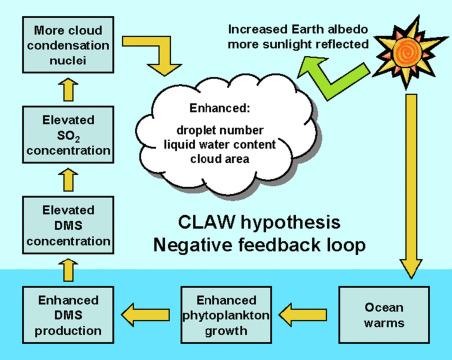
Applications of the Gaia Hypothesis in Sustainable Practices and Research
The Gaia Hypothesis, proposing that Earth functions as a self-regulating system, presents a profound framework for improving sustainability practices and guiding research initiatives. By considering ecological balance as the driving force behind environmental stewardship, various sectors are leveraging this concept to create more effective and lasting solutions. In agriculture, for example, practices such as permaculture and agroecology emphasize biodiversity and soil health, ultimately supporting the planet’s self-regulatory mechanisms. These agricultural methodologies not only reduce chemical inputs but also enhance the resilience of ecosystems.
In urban planning, the Gaia Hypothesis encourages the development of green infrastructures, like urban forests and green roofs, which mimic natural processes to manage stormwater and improve air quality. These initiatives highlight the interconnectedness of urban environments with natural systems, leading to reduced carbon footprints and greater ecological harmony. Furthermore, research into sustainable energy sources, such as wind and solar power, reflects Gaia’s principles by favoring technologies that integrate seamlessly with the Earth’s cycles, minimizing human impact while maximizing energy efficiency and sustainability.
| Application | Description |
|---|---|
| Permaculture | A sustainable agriculture system that works with nature to enhance biodiversity. |
| Urban Green Spaces | Creating parks and green roofs that improve air quality and biodiversity in cities. |
| Renewable Energy | Implementing technologies that align with Earth’s natural processes, like solar and wind power. |
Moreover, the Gaia Hypothesis is influencing research on climate change mitigation strategies, underscoring the importance of holistic approaches that consider ecological relationships. Innovation in carbon capture technologies, which mirror natural processes of carbon sequestration, exemplifies how integrating the principles of the hypothesis can lead to groundbreaking methods for addressing climate challenges. Ultimately, these applications highlight the importance of interconnected systems thinking, paving the way for future collaborations between scientists, policymakers, and communities.

Critiques and Limitations of the Gaia Hypothesis in Modern Discourse
The Gaia Hypothesis, while innovative in framing Earth as a self-regulating system, has faced significant critiques and limitations in modern scientific discourse. One of the primary objections revolves around its lack of empirical evidence. Critics argue that while the hypothesis offers a compelling philosophical perspective, it often overlooks rigorous scientific methodologies. This perspective leads to questions about the hypothesis’ testability, as many of its claims regarding planetary self-regulation and feedback mechanisms are difficult to measure or quantify in experimental settings.
Moreover, the Gaia Hypothesis has been accused of anthropocentrism. Some scholars contend that it inadvertently places human activities at the center of environmental balance, suggesting that human intervention is not just detrimental but necessary for a healthy Earth. This view can inadvertently foster a sense of complacency, where humanity assumes a more significant role in the Earth’s processes than may be warranted. As environmental crises intensify, this assumption risks downplaying the urgency of addressing anthropogenic impacts through radical changes in behavior and policy.
Additional limitations stem from the hypothesis’ potential to oversimplify complex ecological interactions. The intricate web of life on Earth includes countless variables and unpredictable outcomes. Scientific critiques highlight the oversimplification of ecological relationships, where the Gaia perspective may unintentionally paint a harmonious picture of nature. The reality is more chaotic and multifaceted, often driven by unpredictable events such as natural disasters or species extinction. To effectively study our planet’s ecosystems, a more nuanced approach is essential, incorporating diverse scientific perspectives to foster a better understanding of ecological dynamics.
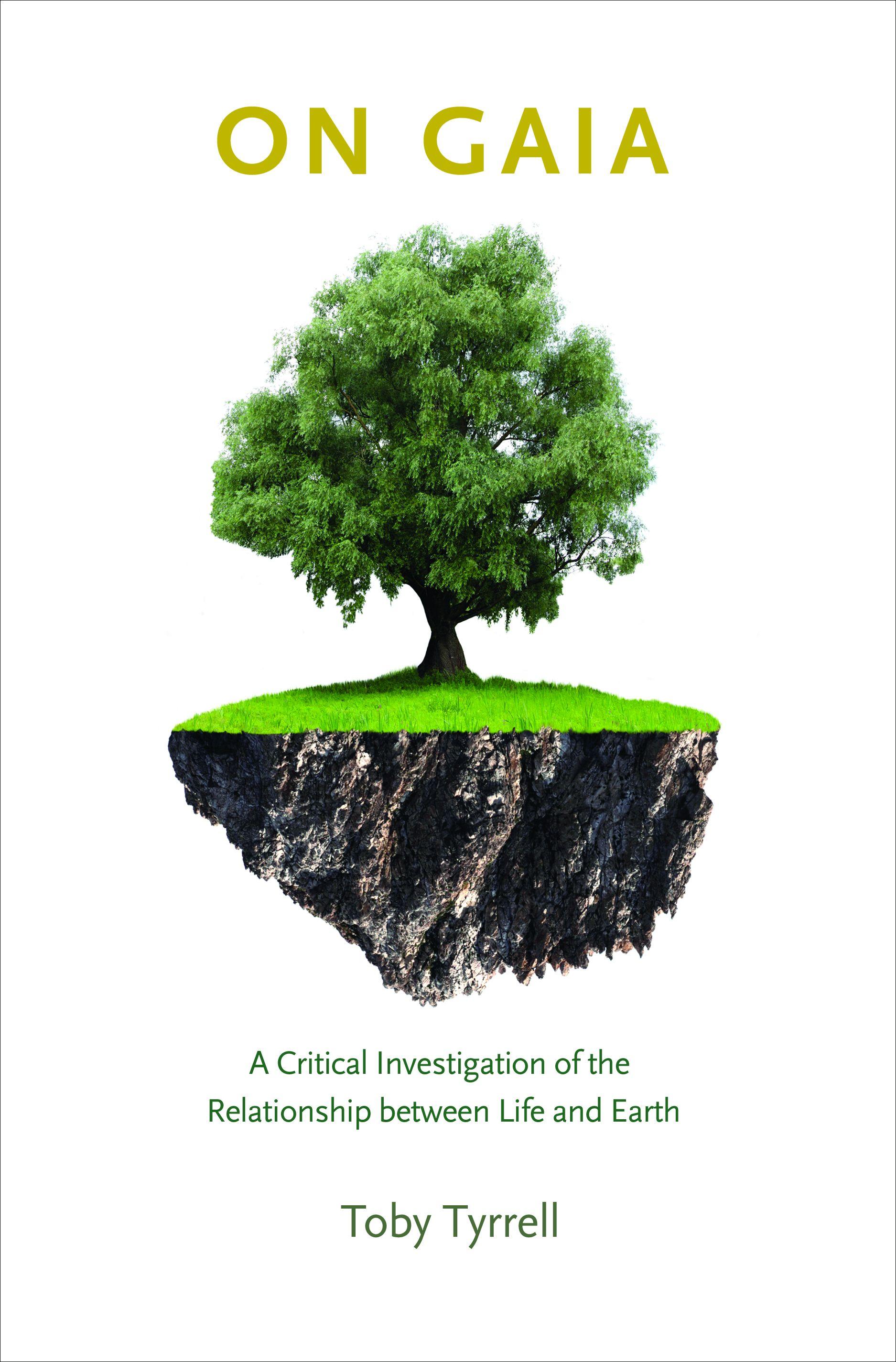
Strategies for Incorporating the Gaia Hypothesis into Environmental Education and Policy
Incorporating the Gaia Hypothesis into environmental education offers a profound opportunity to reshape how we understand our relationship with the planet. One effective strategy is to develop interdisciplinary curricula that weave together science, philosophy, and social studies. This approach encourages students to appreciate the interconnectedness of life and the Earth’s systems. In the classroom, educators can implement project-based learning initiatives where students investigate local ecosystems and their roles in global environmental health. Such hands-on experiences foster a sense of stewardship and responsibility among learners.
Moreover, community-based initiatives can strengthen the application of the Gaia Hypothesis in policy-making and environmental practices. By engaging local stakeholders in discussions about sustainable practices, we create collaborative networks that promote awareness and action. Workshops and forums can serve as platforms where policymakers, scientists, and the public collaborate on environmental challenges, illustrating how integrated natural systems affect community well-being. Initiatives could include restoring local habitats or organizing clean-up events, reinforcing the notion that individual actions contribute significantly to the greater ecological balance.
| Strategy | Description | Examples |
|---|---|---|
| Interdisciplinary Curricula | Integration of various subjects to teach environmental connections. | Ecology projects, philosophical debates on sustainability. |
| Community Engagement | Involving the public in environmental discussions and actions. | Workshops, local habitat restoration events. |
| Policy Advocacy | Promoting regulations that align with ecological systems thinking. | Lobbying for sustainable development laws. |
Additionally, this paradigm can be enhanced through digital platforms that facilitate ecological literacy and awareness. Online courses, webinars, and social media campaigns can reach a broad audience, shining a light on environmental challenges and solutions derived from the Gaia Hypothesis. Engaging visual content and interactive elements can bolster participation and foster a global conversation about how our individual and collective actions resonate within Earth’s larger systems. By harnessing technology, we can inspire a deeper connection and commitment to environmental stewardship.
Q&A
Q&A: Understanding the Gaia Hypothesis Assignment
Q1: What is the Gaia Hypothesis? A: The Gaia Hypothesis proposes that the Earth and its biological systems act as a single, self-regulating entity. This concept, introduced by James Lovelock in the 1970s, suggests that living organisms interact with their inorganic surroundings to maintain conditions that support life. It blurs the lines between biology and geology, emphasizing that life and the planet are interconnected.Q2: Why is the Gaia Hypothesis important? A: The Gaia Hypothesis is significant because it encourages a holistic view of environmental science and ecology. It highlights the importance of balancing human activity with ecological sustainability. This perspective can inspire innovative approaches to combat climate change, promote biodiversity, and restore ecosystems, influencing both scientific research and public policy.
Q3: What kind of assignments can be done regarding the Gaia Hypothesis? A: Assignments related to the Gaia Hypothesis can vary widely. Students might be tasked with researching its scientific foundations, analyzing case studies that illustrate the hypothesis in action, or exploring its philosophical implications. Creative assignments could include generating a multimedia presentation or writing a reflective essay on how the Gaia Hypothesis relates to current environmental issues.
Q4: How can I approach my Gaia Hypothesis assignment effectively? A: Start by familiarizing yourself with the key concepts and background of the Gaia Hypothesis. Consider different perspectives and criticisms of the theory. Engage with primary literature and reputable sources to gather evidence to support your argument. Structuring your assignment clearly, with an introduction, body, and conclusion, can also enhance readability and coherence.
Q5: Are there any common misconceptions about the Gaia Hypothesis I should be aware of? A: Yes, one common misconception is that the Gaia Hypothesis claims the Earth acts with intention or consciousness. This is not the case; the hypothesis suggests a complex system of feedback loops that maintain conditions suitable for life. Additionally, while it emphasizes interconnectedness, it does not dismiss the role of human influence on environmental changes.
Q6: How does the Gaia Hypothesis relate to climate change? A: The Gaia Hypothesis is deeply relevant to discussions about climate change. It highlights how human activities disrupt the Earth’s self-regulating systems, leading to environmental degradation. Understanding these interactions can inform strategies for mitigation and adaptation, emphasizing the need for humanity to work in harmony with natural processes to ensure the planet’s health.
Q7: Can I incorporate artistic elements into my assignment? A: Absolutely! Artistic elements can enrich your assignment by fostering deeper engagement. Consider creating visual representations of the Gaia Hypothesis, such as diagrams, paintings, or digital art, to illustrate complex ideas. You might also explore writing poetry or short narratives that embody the themes of interconnectedness and ecological balance.
Q8: Where can I find additional resources for my Gaia Hypothesis assignment? A: Numerous resources are available for studying the Gaia Hypothesis. Books by James Lovelock and his contemporaries provide foundational insights. Academic journals and articles focusing on environmental science and ecology can offer updated research findings. Additionally, online platforms like educational websites and documentaries can provide diverse perspectives and visual content to complement your assignment.
This Q&A aims to clarify key aspects of the Gaia Hypothesis and provide guidance for completing assignments related to it effectively. Whether you’re delving deep into scientific research or exploring creative expressions, understanding the nuances of this hypothesis is crucial in today’s environmental landscape.
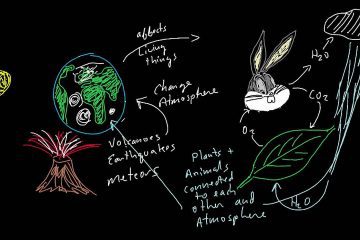
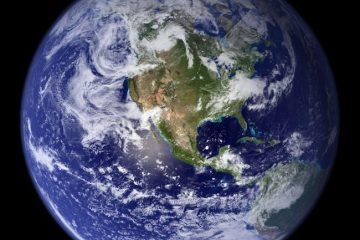

0 Comments